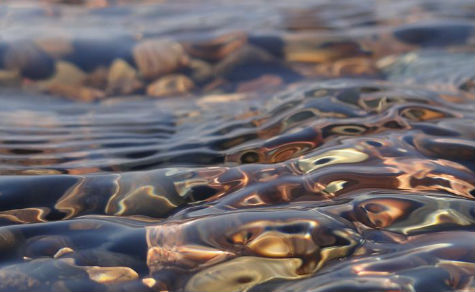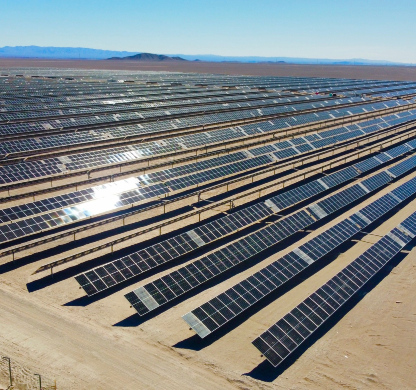To facilitate this work, we have our own tool, the Repsol Water Tool (RWT), which allows us to obtain a detailed view of the management of this resource, as well as the risks associated with each facility both internally (the types of uses and consumption of this resource in the different processes, the treatment and quality of the discharge, etc.), and externally (availability, quality and ecosystems that are sources of catchment or bodies receiving discharges, competition for water, etc.).
We developed this tool in 2012 based on the Local Water Tool (LWT) and the Global Water Tool (GWT) of the Global Environmental Management Initiative (GEMI) and the World Business Council for Sustainable Development (WBCSD). In 2018, it was updated to improve its usability and update some methodological aspects.
Based on their results, our technicians identify aspects to improve and design specific actions for each facility or asset, which focus on three lines: improving knowledge of the environment and water uses, efficient resource management, and improving water treatment technology. The objectives and actions included in the action plans are designed taking into account the factors of the local environment as well as those of the facility itself.





